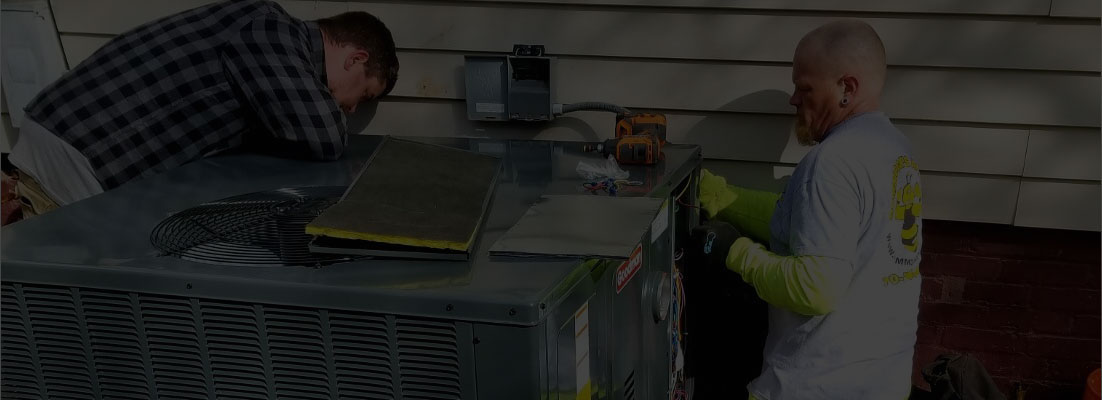As the calendar changes to fall and the temperatures drop, homeowners look to maintain comfort. One such concern is thermostat setting adjustment. Our company invites current and future customers to read further to gain insight on the process of identifying and maintaining the best thermostat settings for fall. In this article, we’ll help you find the best thermostat settings for fall for your family.
Important Considerations
Fall weather often varies and temperatures can fluctuate. Mornings could be cool, afternoons can be warm. Evenings can be brisk and sometimes even downright cold. Therefore, finding the best thermostat settings for fall could prove quite challenging.
That said, some property owners might wonder if establishing a firm temperature setting is necessary during the fall. Granted, such action is not a must as it is during the winter. When temperatures drop significantly below freezing, a steady setting is mandatory for multiple pertinent reasons.
Arguably, the most crucial reason winter settings must be firmly established is to preserve the home or building’s structural safety. Failure to inadequately heat a home during freezing conditions could precipitate frozen pipes and subsequent breakages, which could potentially lead to serious flooding.
Additionally, excessively cold interior spaces could threaten the inhabitant’s health. Cold air is thought to elicit illnesses such as colds or flu and could exacerbate numerous physical and biological conditions.
However, during the fall, it is unlikely that temperatures will fall precipitously below freezing. That said, achieving an appropriate setting often yields homeowners specific benefits.
Best Thermostat Settings For Fall
An appreciable number of heating system professionals maintain that the most ideal fall temperature setting is 68 degrees Fahrenheit for the following several reasons:
Interior Comfort
Though fall temperatures often fluctuate, they rarely rise or fall to temperatures necessitating the intervention of air conditioning or heating units for extended durations. During the early fall months, these apparatuses might not be needed at all. That said, when thermostats are set too high, such networks could run excessively rendering interior air either too cold or warm.
Reduced Humidity
Heating units often run continuously when thermostats are locked into higher settings. The chronic circulation of warm, interior air could precipitate discernibly elevated humidity levels. Humidity not only renders the air sticky and uncomfortable but could reduce air quality. Such occurrences could prove particularly troubling for residential or commercial property residents and frequenters with existing respiratory or cardiovascular issues.
Energy Efficiency
Exceedingly high thermostat settings force heating networks to operate nonstop. Over time, this places undue stress on the system in question. Such strain could ultimately weaken or damage key components. Broken or damaged units might require remediation or replacement, which could cost a significant amount of money. Moreover, weakened systems typically do not function at optimal levels.
Lower Energy Bills
Arguably, the most beneficial outcome of turning fall thermostat settings down is an appreciable reduction in energy expenses. Continuously operating heating units will utilize increased concentrations of energy sources like fuel or electricity. Such events stand to spike a home or property owner’s utility bills.
Contact Hammock’s AC for Our Best Thermostat Settings for Fall
If you have any questions about the best thermostat settings for fall, call Hammock’s AC to speak with one of our seasoned technicians. We can inform, inspect, or repair any cooling or heating system quickly and efficiently. These settings may vary from state to state. To find out more, please contact us to see and learn more about what to expect when replacing your HVAC.





